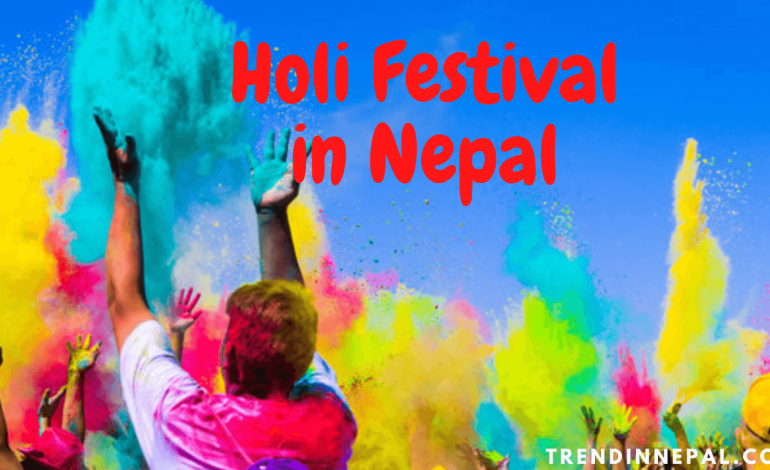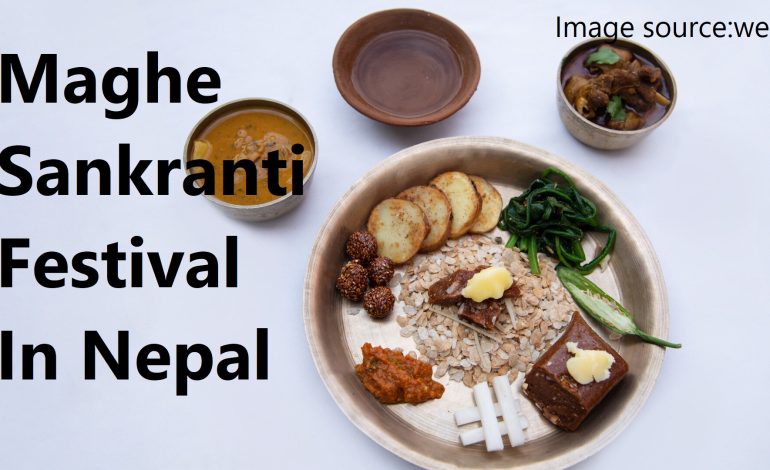Holi: The Festival of Colors and Love

Holi is a vibrant and joyous festival that is celebrated with great enthusiasm and excitement in Nepal and other parts of South Asia. It is also known as the festival of colors or the festival of love, and it marks the arrival of spring and the end of winter. The festival is observed by people of all faiths, and it is known for its colorful celebrations and fun traditions. In this blog, we will take a closer look at the history, customs, and significance of the Holi festival, and we will explore some of the ways in which this vibrant festival is celebrated in Nepal and beyond. So grab a bag of colored powders and join us as we delve into the world of Holi, the festival of colors and love.
How holi festival is celebrated in Nepal?
Holi is a popular festival that is celebrated by people of all faiths in Nepal. It is typically celebrated in late March or early April, and it marks the arrival of spring. The festival is observed with great enthusiasm and excitement, and people typically gather in public areas to participate in the colorful celebrations.
One of the most important customs of the Holi festival in Nepal is the lighting of the bonfire, which is known as the Holika Dahan. This ritual is performed on the night before the main day of the festival, and it is meant to symbolize the victory of good over evil. According to Hindu mythology, the bonfire is lit to burn the demoness Holika, who had tried to kill the devotee Prahlada. By lighting the bonfire, people pay homage to the victory of good over evil, and they also pray for the protection of their own homes and families.
On the main day of the festival, people typically gather in public areas and throw colored powders and water at each other. This is meant to symbolize the coming of spring and the renewal of life. The vibrant colors used during the festival are believed to bring good luck and happiness, and they are also meant to symbolize the new beginnings and fresh start that spring brings.
In addition to these customs, the Holi festival in Nepal is also a time for people to come together and enjoy music, dance, and food. Traditional sweets such as gujiya and mathri are often prepared and shared during the festival, and people also enjoy beverages such as bhang, which is made from cannabis. Overall, the Holi festival in Nepal is a joyous and festive occasion that is celebrated with great enthusiasm and excitement.
History and significance of the Holi festival
According to Hindu mythology, the origins of the Holi festival can be traced back to the story of the demon king Hiranyakashyap, who demanded that everyone in his kingdom worship him as the only god. However, his young son Prahlada refused to do so, and he remained devoted to the god Vishnu. In an attempt to kill Prahlada, Hiranyakashyap ordered his sister Holika to enter a blazing fire with Prahlada in her lap. However, thanks to the protection of Vishnu, Prahlada emerged unscathed from the fire, while Holika was burned to ashes.
To celebrate this victory of good over evil, people light bonfires on the eve of the Holi festival, which is known as the Holika Dahan. On the main day of the festival, people celebrate by throwing colored powders and water at each other, which is meant to symbolize the coming of spring and the renewal of life.
In addition to this myth, the Holi festival is also associated with a number of other legends and stories. In one popular legend, the god Krishna is said to have played Holi with his beloved Radha and other gopis (female devotees) in the town of Vrindavan. In this legend, Krishna is depicted as a mischievous young god who enjoys playing pranks and smearing his devotees with colored powders.
Interesting facts about the Holi festival
Here are a few interesting facts about the Holi festival:
- Holi is also known as the festival of colors or the festival of love. It is celebrated by Hindus, as well as people of other faiths, in Nepal and other parts of South Asia.
- The main day of the Holi festival is observed on the full moon day in the Hindu month of Phalguna, which typically falls in late March or early April.
- The festival is celebrated to mark the arrival of spring and the end of winter. It is also associated with the victory of good over evil, and it is believed to bring good luck and happiness.
- The most important ritual of the Holi festival is the lighting of the bonfire, which is known as the Holika Dahan. This ritual is performed on the night before the main day of the festival, and it is meant to symbolize the victory of good over evil.
- On the main day of the festival, people typically gather in public areas and throw colored powders and water at each other. This is meant to symbolize the coming of spring and the renewal of life.
- In addition to the colorful celebrations, the Holi festival is also a time for people to come together and enjoy music, dance, and food. Traditional sweets and beverages are often prepared and shared during the festival.
- The Holi festival has also been celebrated in other parts of the world, and it has gained popularity as a multicultural event. In recent years, many cities around the world have begun to host their own Holi festivals, where people of all backgrounds can come together and celebrate the arrival of spring.
Conclusion
Holi is a vibrant and joyous festival that is celebrated with great enthusiasm and excitement in Nepal and other parts of South Asia. It marks the arrival of spring and the end of winter, and it is associated with the victory of good over evil. The festival is observed by people of all faiths, and it is known for its colorful celebrations and fun traditions. Whether you are a devout Hindu or simply someone who loves to celebrate the arrival of spring, the Holi festival is a must-see event that is sure to leave a lasting impression. So why not plan a trip to Nepal and experience the magic of Holi for yourself? You won’t be disappointed!
Frequently Asked Questions
What is the Holi festival?
The Holi festival is a Hindu festival that is celebrated in Nepal and other parts of South Asia. It is also known as the festival of colors or the festival of love, and it marks the arrival of spring and the end of winter.
When is the Holi festival celebrated?
The Holi festival is typically celebrated in late March or early April, on the full moon day in the Hindu month of Phalguna.
What are the customs and traditions of the Holi festival?
Some of the customs and traditions of the Holi festival include the lighting of the bonfire on the eve of the festival, the throwing of colored powders and water on the main day of the festival, and the consumption of traditional sweets and beverages.
How is the Holi festival celebrated in Nepal?
In Nepal, the Holi festival is celebrated with great enthusiasm and excitement. People typically gather in public areas and throw colored powders and water at each other, and they also enjoy music, dance, and food.
How is the Holi festival celebrated around the world?
In recent years, the Holi festival has gained popularity as a multicultural event, and it is now celebrated in many cities around the world. These celebrations often feature music, dance, and the throwing of colored powders and water, and they provide an opportunity for people of all backgrounds to come together and celebrate the arrival of spring.

